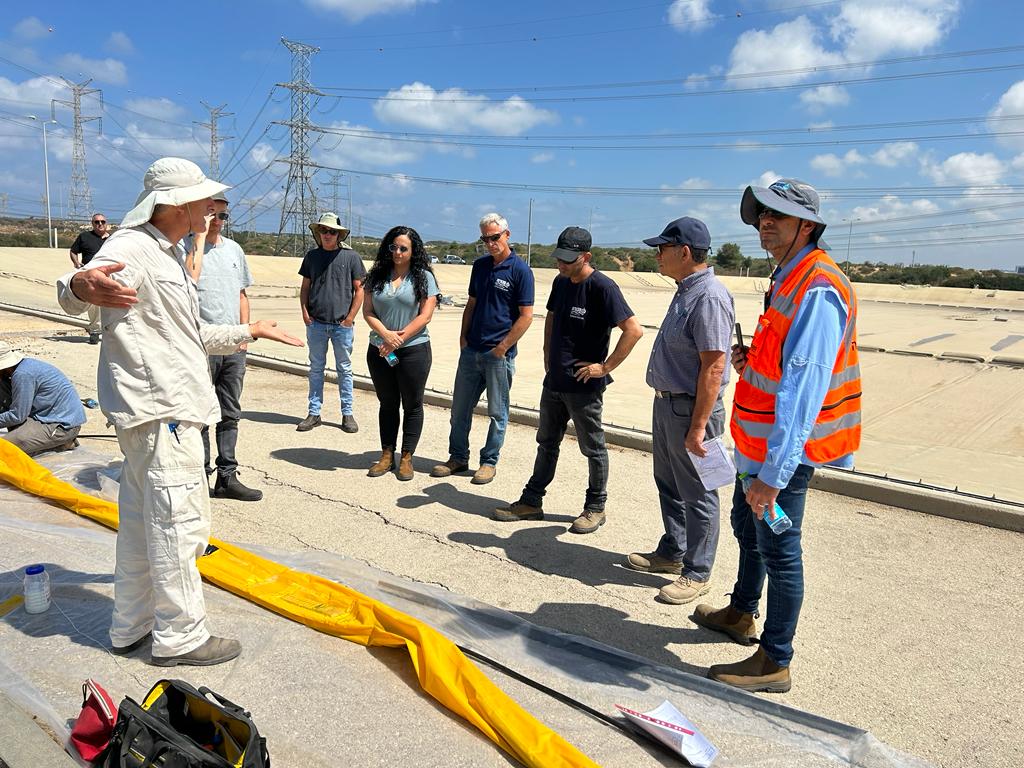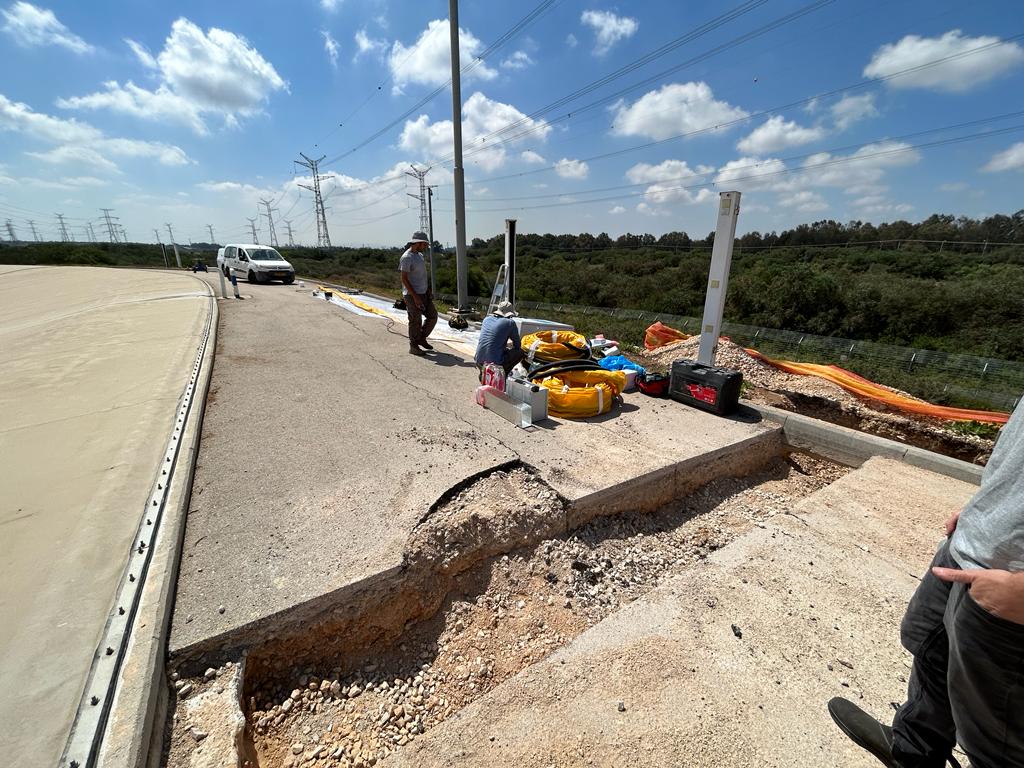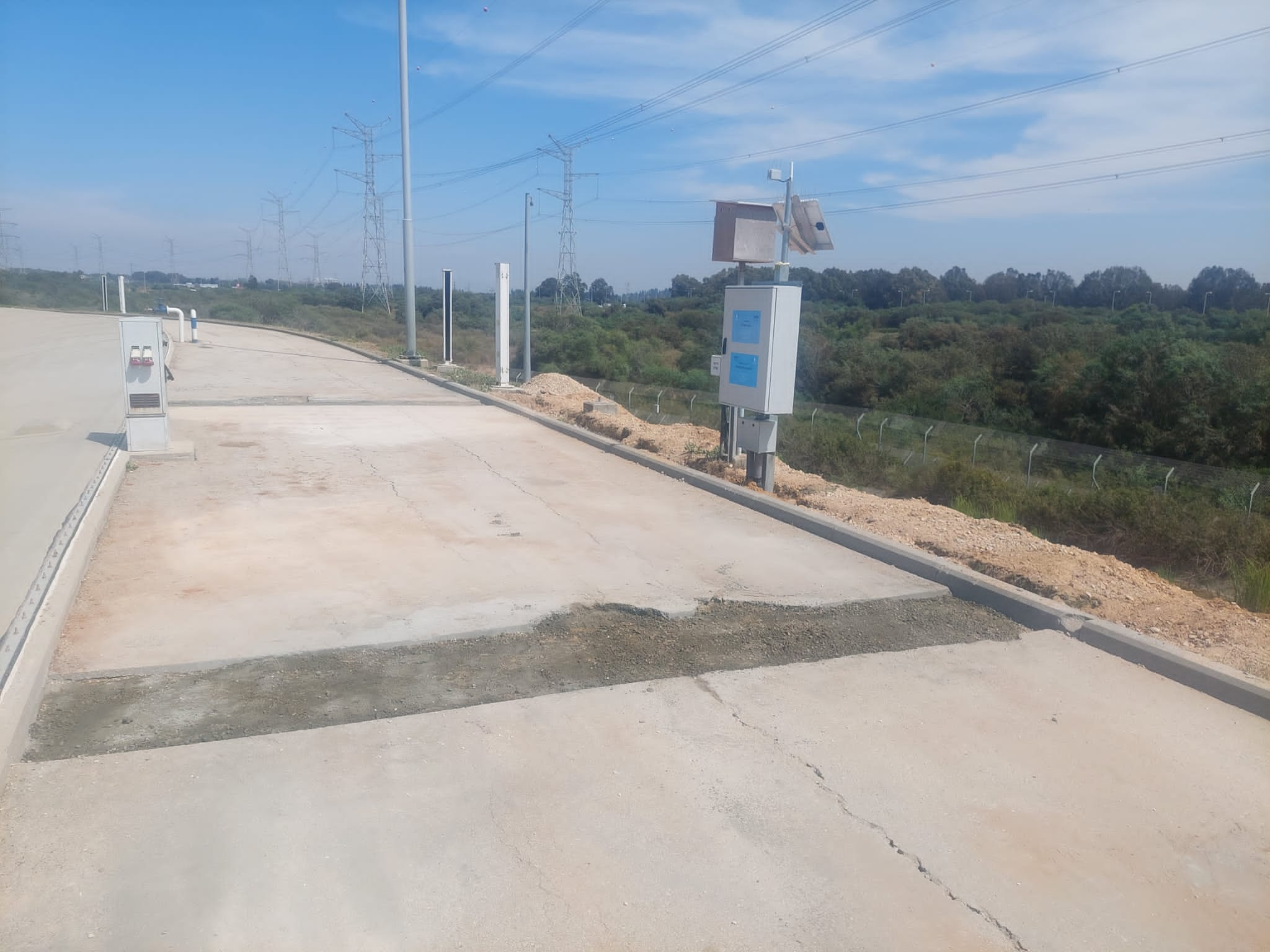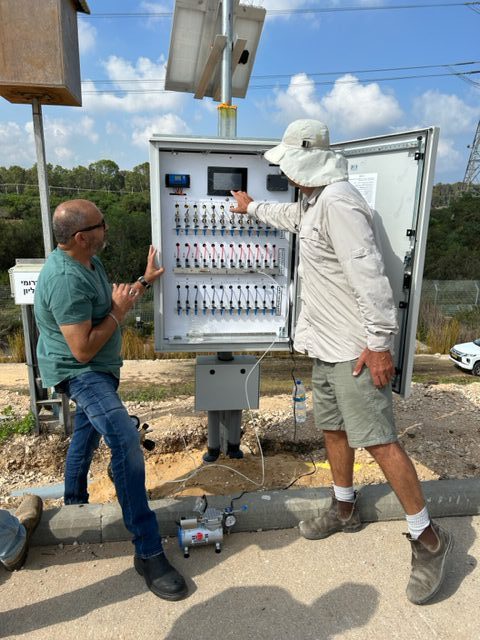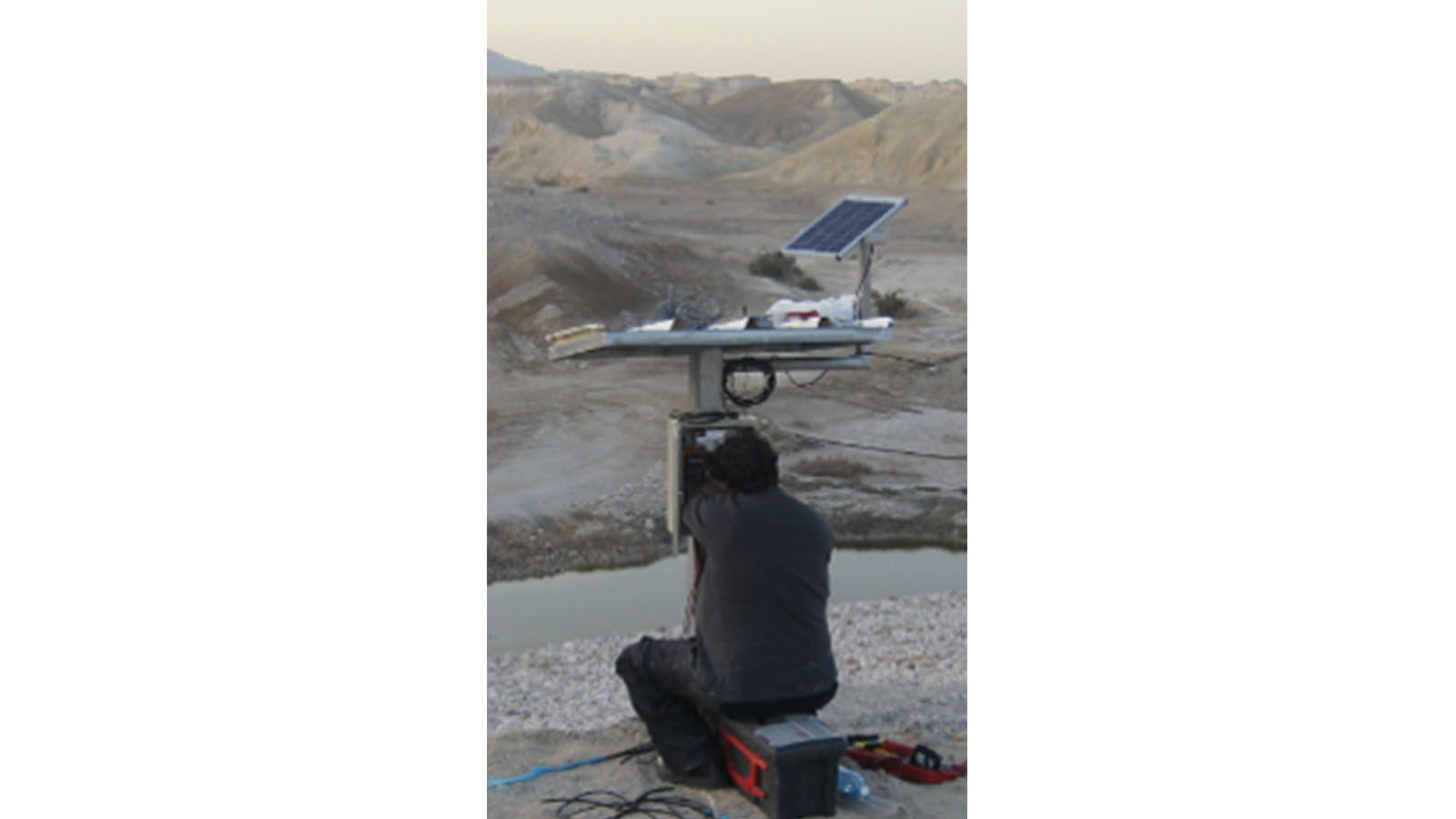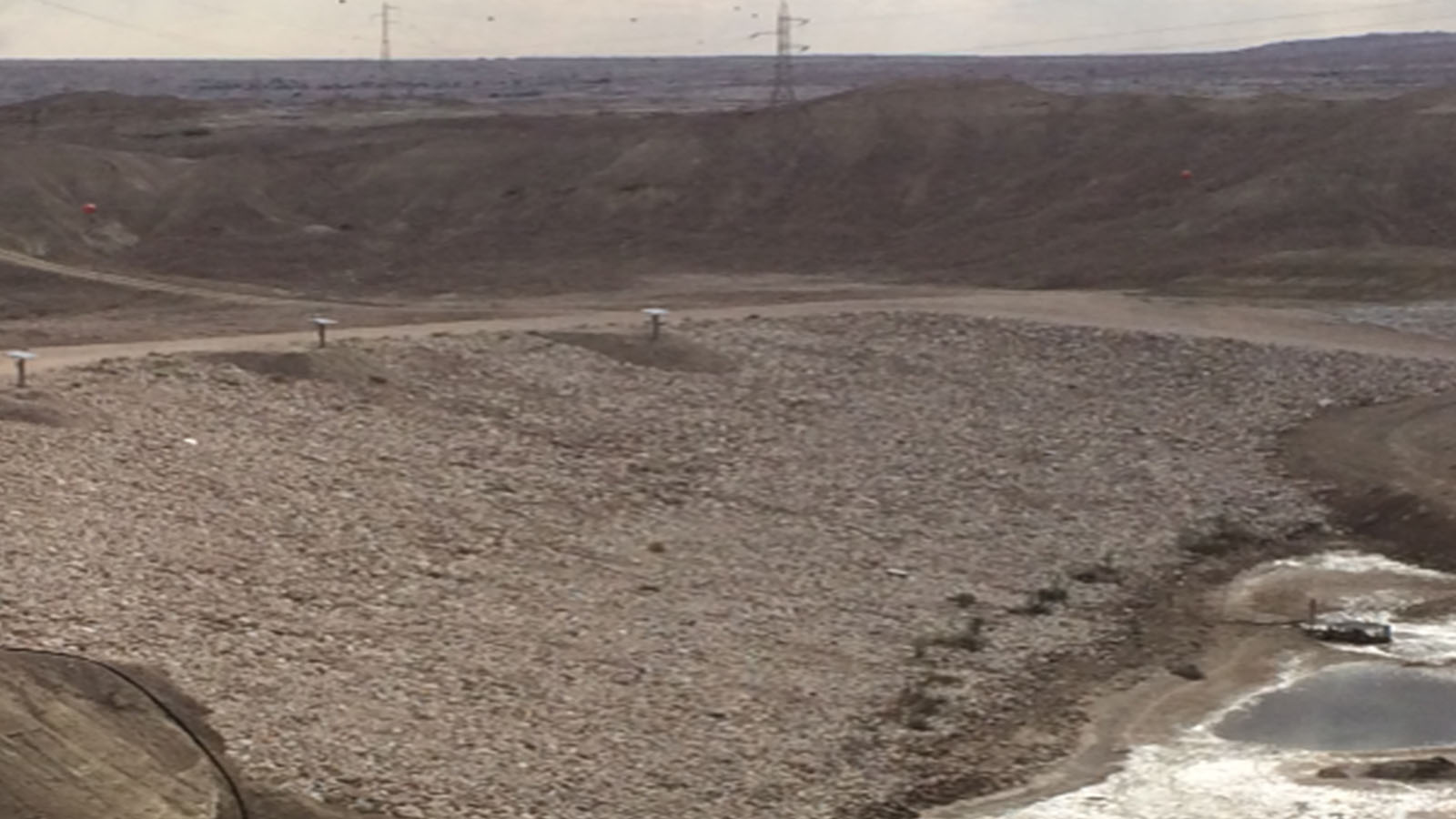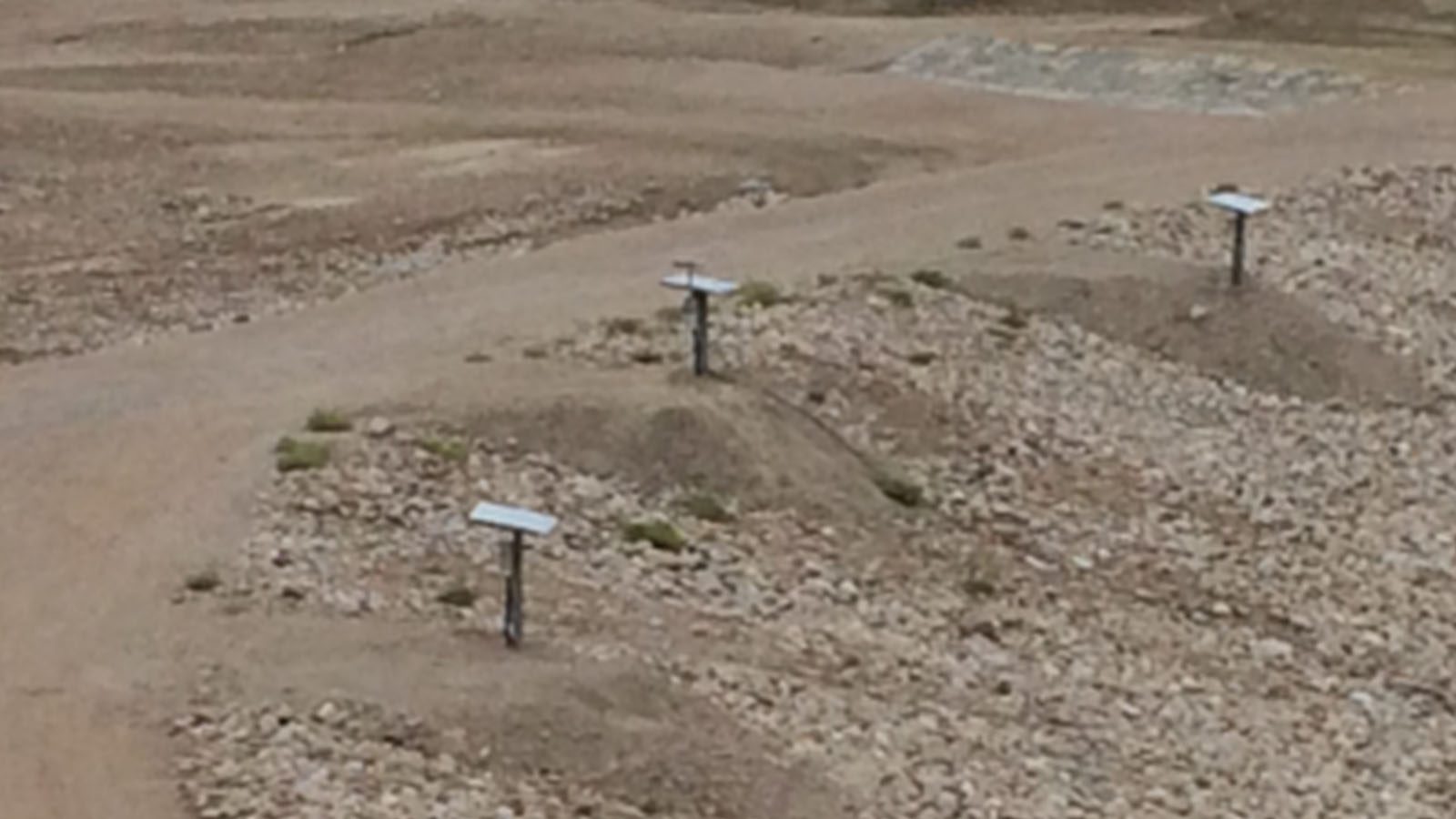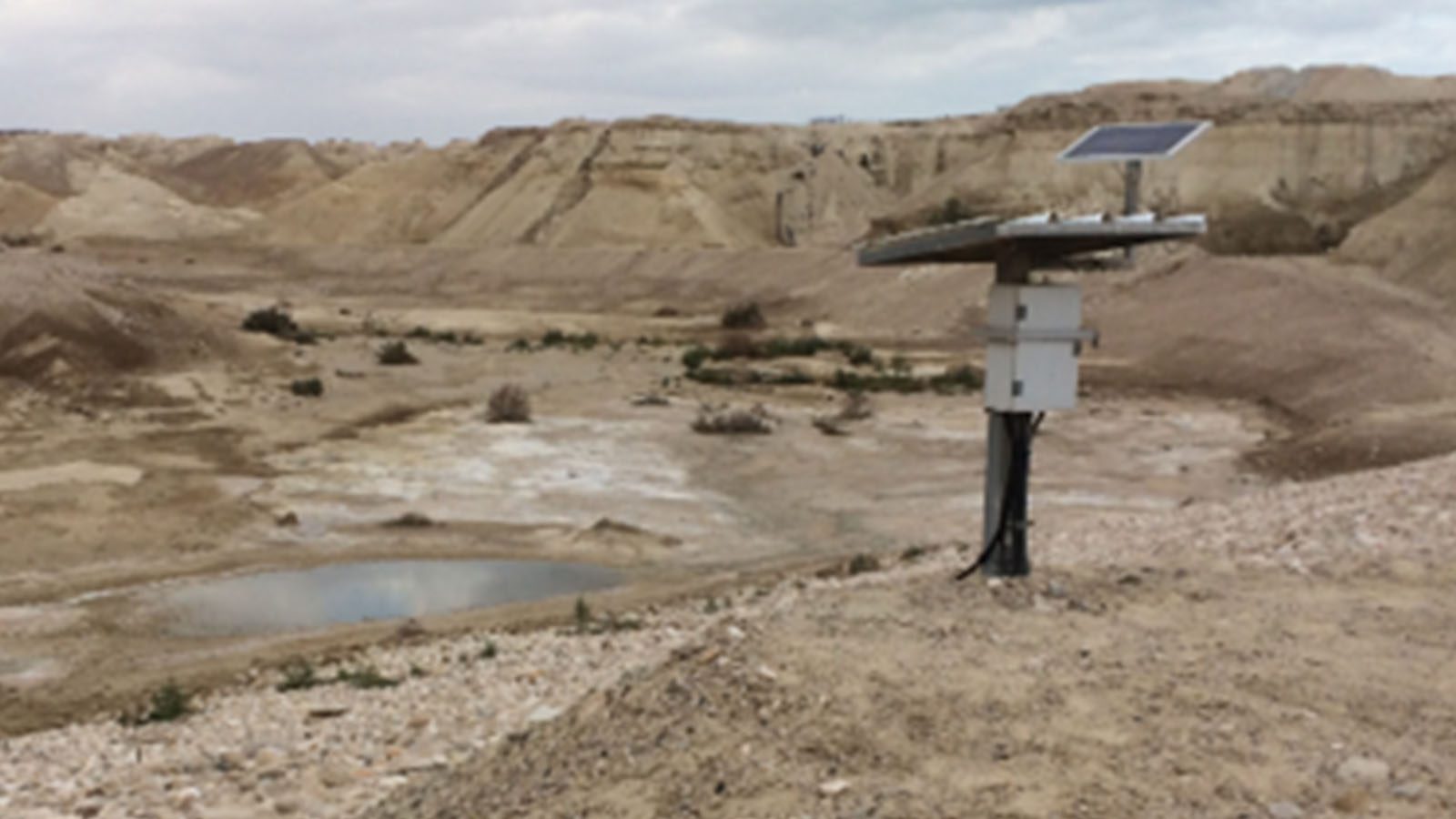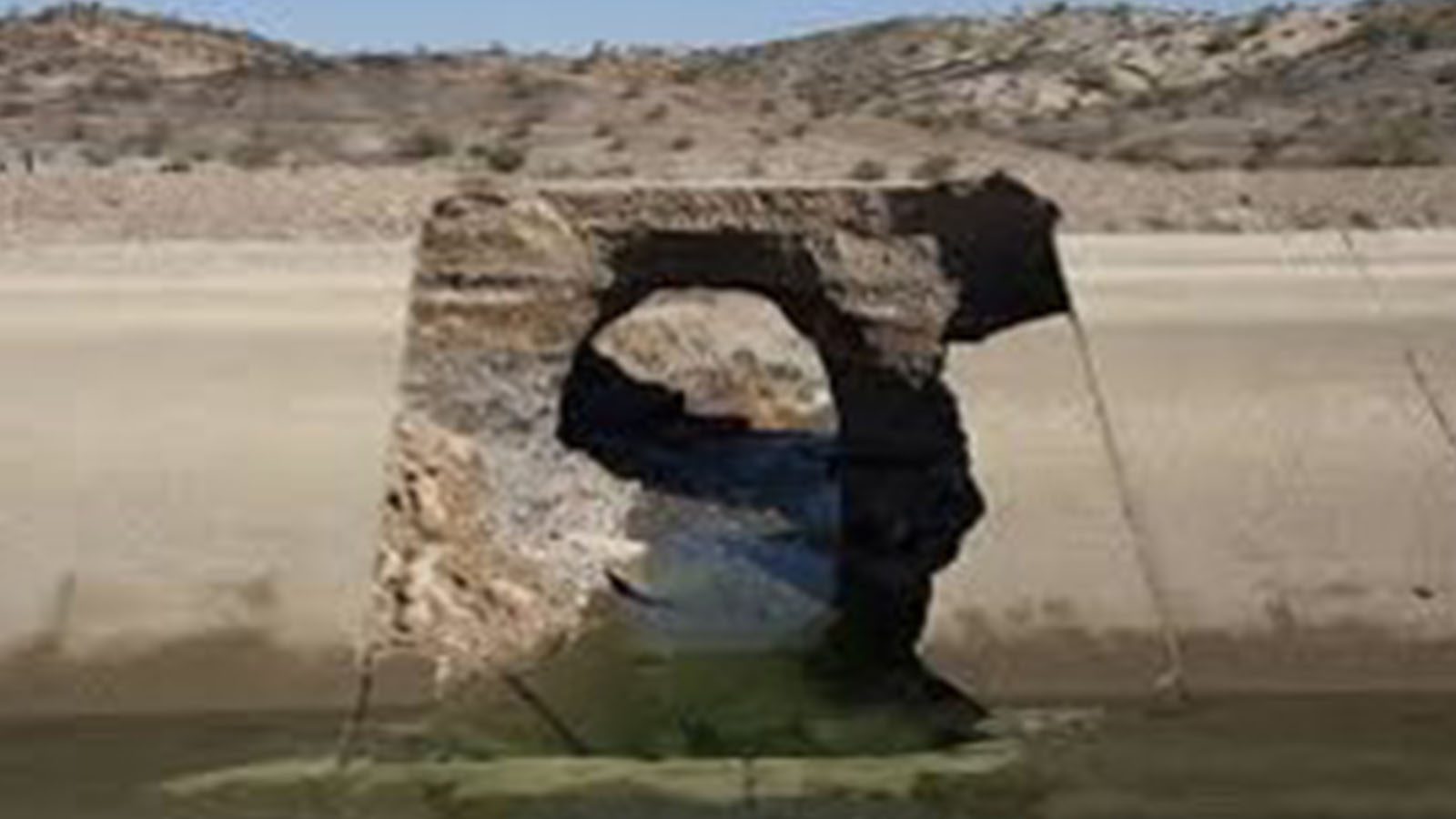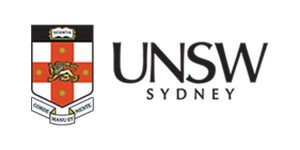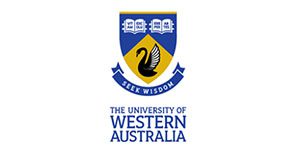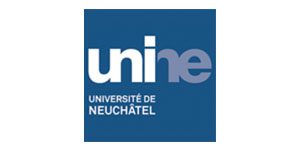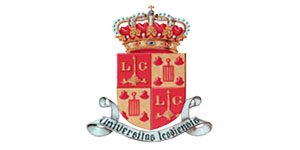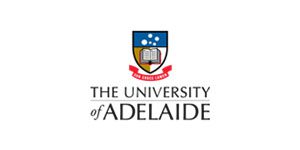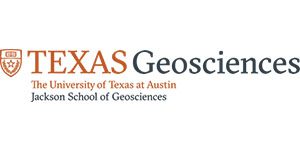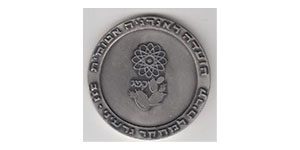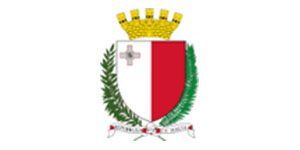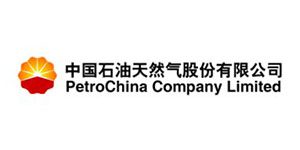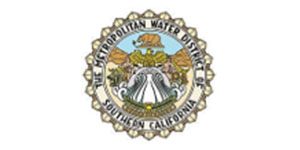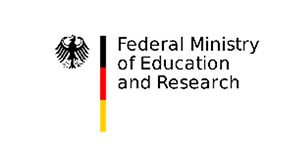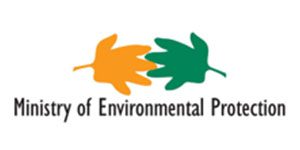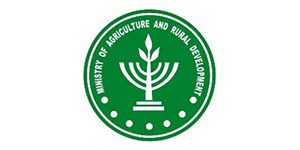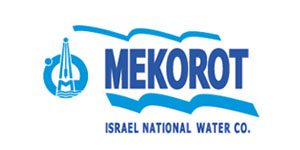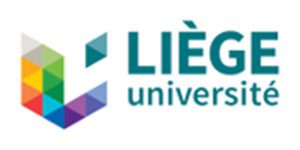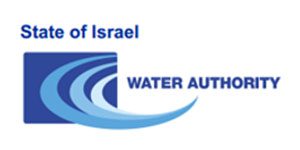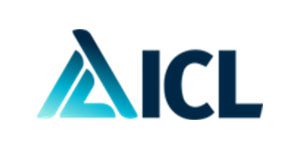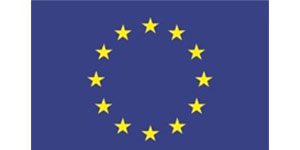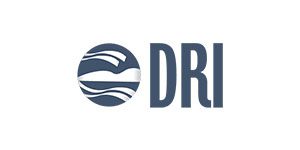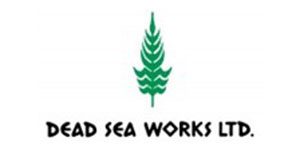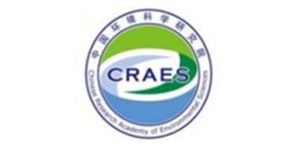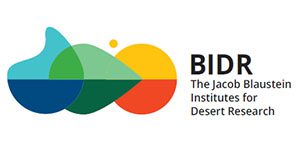Home » Earthen Dam
Earthen Dam
Seepage and
Reservoir Stability
Earthen Dam Safety and Reservoir Stability
Water infiltration through the vadose zone may occur in earthen dams, levees and reservoirs and weaken the embankment’s stability. Dam seepage can lead to dam breach, damage to property and even loss of human life. Obtaining real-time reliable data from the vadoze zone on sediment moisture and dam seepage is critical for maintaining safety of embankment dams and reservoirs. It is also required for controlling undesirable contaminant flow towards groundwater, and improving infiltration for groundwater enrichment and recharging.
The Vadose-zone Monitoring System™ (VMS) provides continuous real-time data on dam sediment moisture and seepage analysis of the earthen dam. This enables identification of deficiencies at an early stage, before dam safety is jeopardized, or groundwater polluted.
The Challenge of Dam Seepage
Dam failures pose a serious threat to people and property. Water infiltration through the vadose zone may happen in earthen dams. Dam seepage can weaken stability and potentially lead to dam breaches. Similarly, infiltration towards the groundwater may be critical, in cases where one wants to minimize or to increase groundwater enrichment.
Today, most monitoring programs are based on measurement of phreatic water level by using piezometers, which actually detect free water surface in designated wells, but give no information about the complex, unstable process that is taking place in this zone. The result is a lack of real time, accurate data that can provide early warning on dam seepage and of potential dam safety issues. As such, an in-situ monitoring system which continuously measures the actual conditions of the sediment in the subsurface (“dams body”) can contribute dramatically to monitor any inception of dam seepage, piping (in a dam), or infiltration towards groundwater.
The Solution
Implementation of Sensoil’s Vadose-Zone Monitoring System (VMS) provides a real-time dam seepage monitoring tool for controlling safety of embankment dams, reservoirs and aquifer recharge. VMS offers the ability to monitor deep sections of unsaturated sediments, such as prevail in dams and dikes and provide earthen dam seepage analysis. VMS is key to early detection of dam seepage and prevention of potential damage and loss of lives.
The VMS continuously measures the actual conditions of the sediment in the subsurface (“dam’s body”). These data and seepage analyses can contribute dramatically to the monitoring of any inception, piping (in a dam) or infiltration towards groundwater. Seepage analysis of earthen dams, levees and reservoirs is a crucial factor for early warning systems (EWS).
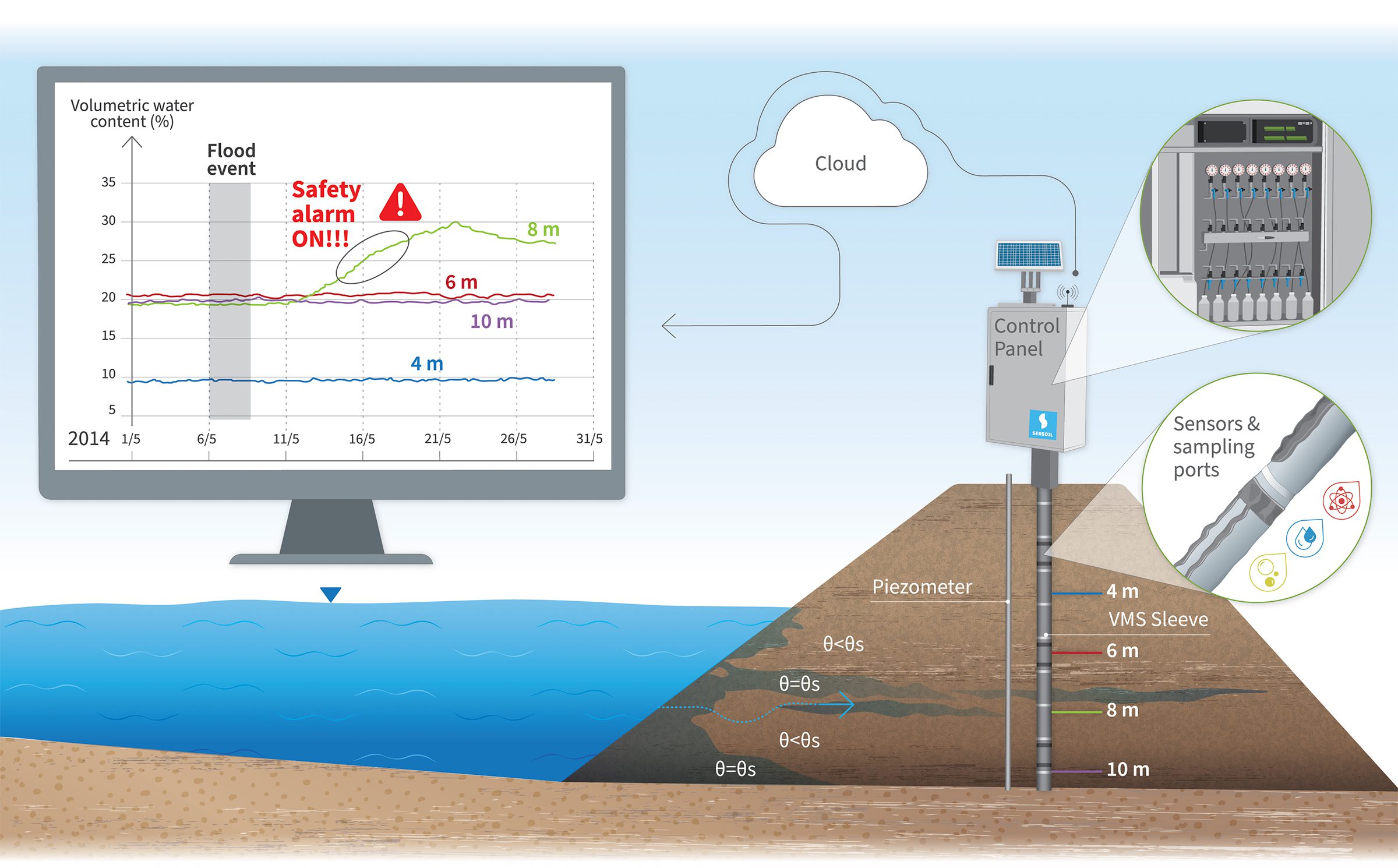
Sensoil’s patented VMS technology includes uniquely designed water content sensors, installed across the desired cross section. These sensors can detect any change in the soil moisture, temperature and water pressure (if the zone becomes saturated). Moisture sampling is also available for water analysis. Data obtained by the VMS provides early warning on wetting processes, contaminant flow and seepage analysis of earthen dams. The VMS data is easily accessible online for real time analysis. Implementation of VMS can lead to substantial savings in maintenance and repair costs, dramatically increase construction trustability, and elevate the confidence of surrounding communities, investors and stakeholders.
Floodwater infiltration is an additional field of application. VMS installed under the streambed of a river facilitates continuous monitoring of water infiltration and groundwater recharge during flood events.
Testimonial
“…Israel Water Authority (IWA) acknowledge that monitoring of the vadose zone is an important tool for identification of pollution potential from contamination sources and protection of groundwater from pollution hazards. In recent years IWA funded several studies which were carried by the Vadose zone Monitoring System (VMS) including: (1) flood water infiltration and groundwater recharge, (2) assessing leaking from water reservoir, (3) groundwater pollution potential of various agricultural setups, (4) remediation of contaminated sites, and (5) pollution potential of landfills.”
Mr. Guy Reshef, Head of Water Quality Division
